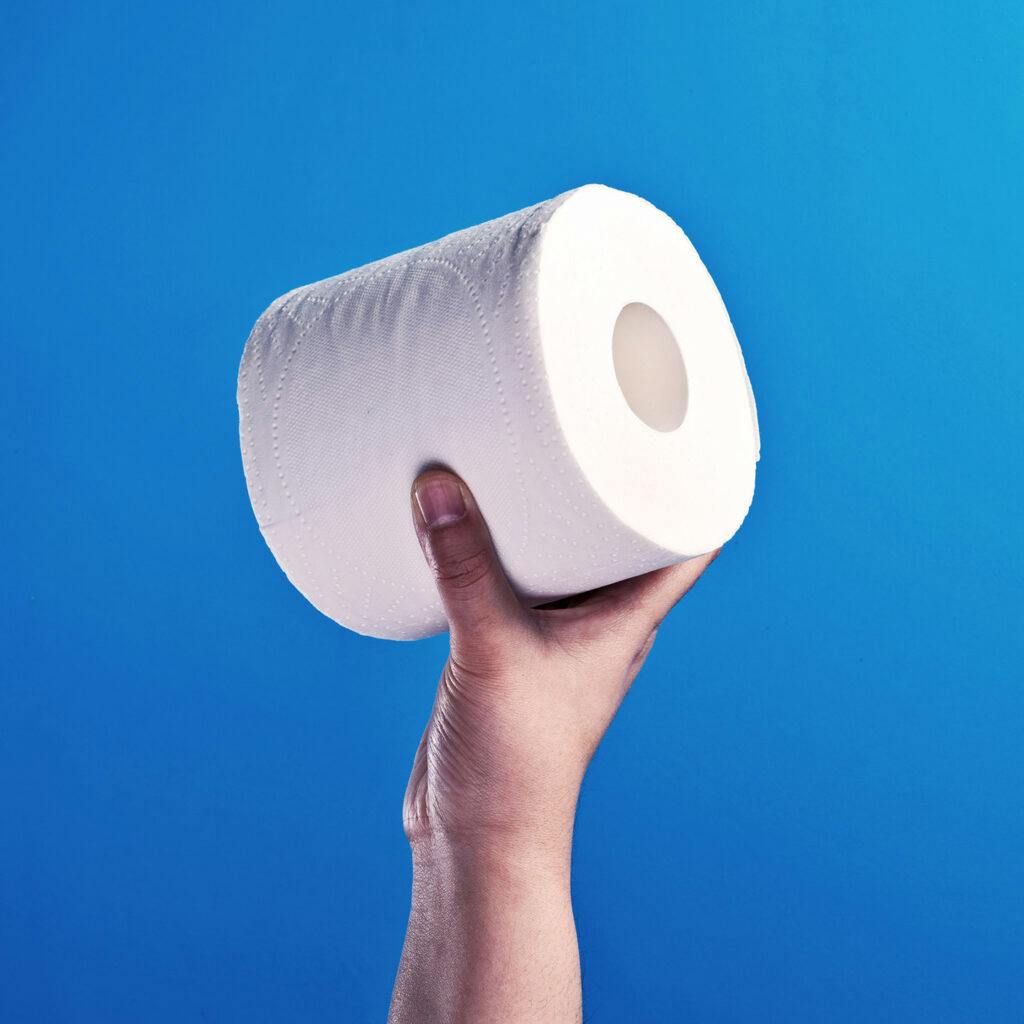The inspiring story of crappy paper
Ever thought about how toilet paper is bleached? For a long time, we used chlorine gas, which polluted the nature surrounding paper mills. Once in nature, the chlorine transformed into toxic dioxins.
Dioxins are toxic, fat-soluble, and very slow to degrade. They accumulate in fat tissues in animals and humans and can cause cancer, genetic mutations, reproductive issues and physical deformity. The most infamous dioxin is called TCDD, also known to those familiar with the Vietnam War as Agent Orange. The American troops sprayed it from airplanes across Vietnam, with the stated aim of destroying vegetation and food production to impede the North Vietnamese guerrilla warfare.
During the 1970s, the first scientific reports of chlorine pollution were published. The chlorine pollution from paper mills became a matter of public debate. In Sweden, activists called for chlorine-free paper. This created a market for the product, since several municipalities and companies promised to only buy chlorine-free paper.
At around the same time, the Environmental Protection Agency was trying to tighten the restrictions on chlorine emissions. They failed due to industry resistance — corporations were worried that a change in production methods would be too costly.
This caused a few government employees to take matters into their own hands. Together with activists from Greenpeace and an Umeå researcher, they gathered data on fish species along the northern coast of Sweden. Once they x-rayed the fish, they found serious deformities. The Greenpeace activists blocked the sewage pipes of Vallvik paper mill outside of Söderhamn, which was widely reported in the media. This led to public pressure on the industry. Lilla Aspa Bruk by lake Vättern was the first to transition away from chlorine gas, and others soon followed.
However, there was resistance. Newspapers and book publishers complained about a lower quality and urged manufacturers to keep using chlorine. It wasn’t until Greenpeace published Das Plagiat, a fake newspaper printed on chlorine-free paper, that things changed. It got so much attention that Der Spiegel, Germany’s largest newspaper, transitioned to chlorine-free paper.
The struggle against chlorine was a success story for the environmental movement and one of the first examples of how environmental activism can have a real and lasting impact on powerful industries. It was what really launched the idea of eco-certifications and campaigns for eco-friendly lifestyle changes.
